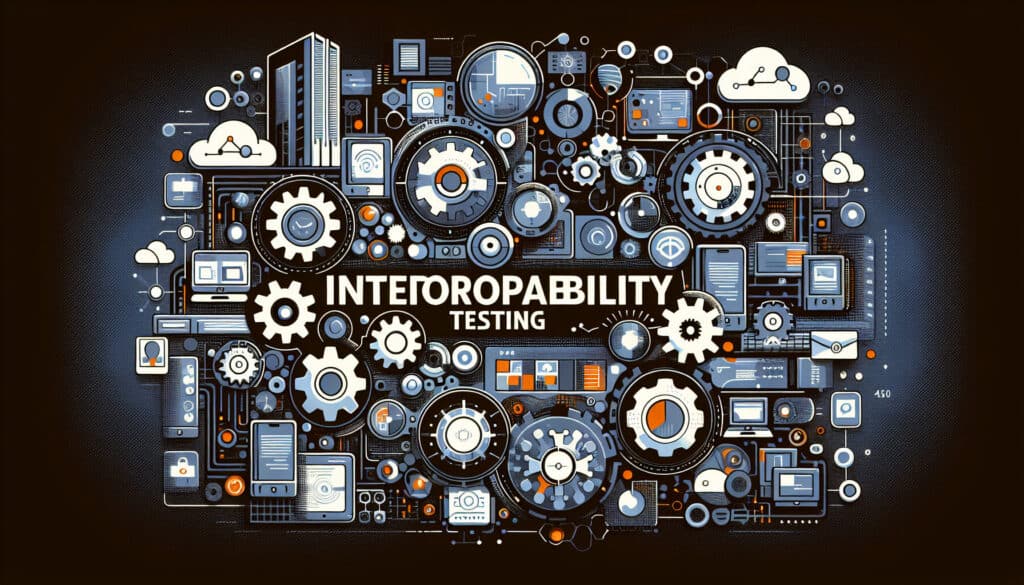To verify that different 软件 systems can work together.
- 方法: 精益西格玛, 制造业, 解决问题, 质量
Interoperability Testing

Interoperability Testing
- 敏捷方法论, 应用程序编程接口(API), 持续改进, 软件工程, 软件测试, 可用性测试, 用户体验(UX), 用户界面(UI)
目标
如何使用
- A type of testing that determines the ability of two or more software systems to exchange information and use the information that has been exchanged.
优点
- Ensures that different software systems can work together as expected; Can improve the user experience and reduce development costs.
缺点
- Can be complex and time-consuming to perform; May require a dedicated test environment.
类别
- 工程, 质量
最适合:
- Testing the ability of different software systems to work together, for example, between a web browser and a web server.
Interoperability Testing finds extensive application across various industries, particularly in sectors such as healthcare, finance, telecommunications, and software development. In healthcare, for instance, interoperability ensures that electronic health record systems can communicate effectively, allowing for seamless data exchange between practitioners, thus enhancing patient care quality. In the finance sector, testing ensures that different banking applications, payment gateways, and financial management systems can interact securely, facilitating transactions and compliance with regulations. This methodology can be initiated during the software development 生命周期, especially in the integration and testing phases, ensuring that each component meets specific interoperability standards before deployment. Teams that should participate include software engineers, quality assurance testers, and system architects, who collaborate to identify potential compatibility issues early in the project. Emphasizing robust interoperability testing reduces long-term costs associated with troubleshooting and rework, leading to a more efficient development process. Various tools and frameworks exist to facilitate this testing, including automated testing environments that can simulate interactions between diverse systems, observing how well data is exchanged and utilized across platforms, thus ultimately improving user satisfaction and application reliability. As industries continue to adopt microservices architecture and cloud-based solutions, the importance of a structured interoperability testing approach becomes increasingly evident, necessitating teams to keep pace with evolving standards and protocols while ensuring that their systems remain compatible with both legacy and emerging technologies.
该方法的关键步骤
- Identify interoperability requirements based on the systems involved.
- Develop test cases that reflect real-world scenarios for data exchange between systems.
- Execute the interoperability tests by running the software systems in tandem.
- Validate data exchanged for accuracy, completeness, and adherence to agreed formats.
- Document any discrepancies, including both functional and non-functional issues encountered.
- Collaborate with development teams to analyze issues and implement necessary adjustments.
- Re-test to confirm that all identified issues have been resolved and that systems function as intended.
- Establish ongoing monitoring to ensure continued interoperability through subsequent updates.
专业提示
- Incorporate real-world use cases early in the testing process to identify practical interoperability challenges, which can reveal hidden assumptions in system design.
- Establish clear communication protocols between systems, including data formats and error handling procedures, ensuring they are documented and accessible to all stakeholders.
- Utilize automated testing frameworks that support multi-system interactions, allowing for efficient regression testing as updates are made to any interfacing component.
相关文章
制造运营管理(MOM)
制造执行系统(MES)
生产控制计划
人工测试
手动搬运评估表 (MAC)
手动任务风险评估工具(ManTRA)